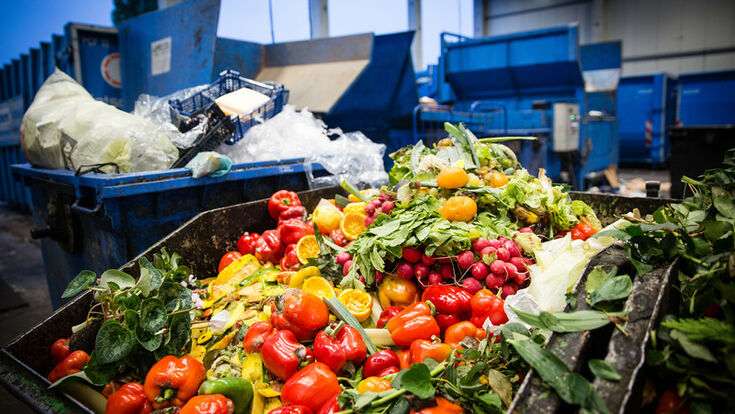Waste Legislation : US: Zero Food Waste Act could combat carbon emissions

30-40% of food supply worth $161 million is wasted each year.
This translates to $1,500 in wasted food per average family of four.
The US is currently considered the world-wide leader in food waste generation, food waste being the number one material sent to American landfills.
As a means to reduce carbon emissions, the Zero Food Waste Act is set to change that.
Introduced last week by Sen. Cory Booker and Rep. Julia Brownley, Ann McLane Kuster and Chellie Pingree, the new federal bill aims to incentivize farmers to adopt sustainable food production practices. It would create an Environmental Protection Agency (EPA) administered grant program for state, local, tribal, and territorial governments and for non-profits, the aim being to stop food waste from being sent to landfills and incinerators as well as to build out the nation’s food waste management infrastructure.
Grants would follow a tripart structure, money being allocated for planning, measurement as well as reduction.
Planning grants would enable the implementation of food waste mitigation strategies that would be most impactful for individual communities or locations. Measurement grants would serve to let states track the sources, volume and final destination of food waste. Finally, reduction grants would finance efforts to eliminate food waste via ‘upcycling’ into higher grade products or for use in composting.
According to the ESA, food waste is the largest category of material dumped on landfills.
In 2019, 17,4 % of methane released into the atmosphere came from municipal solid waste landfills. A UN report published in May 2021 on the subject found that facilitating immediate methane reductions are the best way to counteract global warming.
Reducing food waste by 50% by 2030 would, therefore, help the US implement its national climate strategy. Should this objective be met, 75 million metric tonnes of greenhouse gases could be slashed per year- this would be the equivalent of driving 16 million cars on an annual basis.
Select state governments and local communities have already taken action- the Pacific Coast Food Waste Commitment, comprised of government agencies across California, Washington, and Oregon, has committed itself to reaching the 50% target by working together with civil society and company stakeholders. California, known for its rigorous food waste disposal legislation and considered a nationwide role model with regards to tackling greenhouse gas emissions, directs $4 million from its cap-and-trade program to food waste prevention projects, funds which alone in 2018 prevented 103 million pounds of food waste from being sent to landfill.
Yet, according to Pete Pearson, global food loss and waste lead at WWF, a concerted national effort is needed to address the food waste problem on a comprehensive level.
According to him, establishing a sustainable economy as well as developing technological innovations that serve to reduce emissions in the food production industry is dependent on the incentivization of the recycling and reuse industry.
“To that end, World Wildlife Fund urges Congress to pass the Zero Food Waste Act. The bill represents a common-sense investment in the future of our country and our planet that has local government, civil society, and private sector support. When we squander food at any level, we undermine public health, economic prosperity, and the natural systems upon which thousands of years of human progress have been built. This is an issue we can make rapid progress on through investment. We can and must do better”, he concluded.
